When freshman Rethika Sathyamathan was working on her National History Day project (NHD), she said the changing support the library has offered her was vital to her success with research and data collecting, especially in light of World Book day on March 7.
“A new piece of technology that the library has been able to provide for me is their computers in the digital media lab.” Sathyamanthan said, “They have allowed me to further access information for my project.”
The vast amount of updating resources and technologies media centers are able to offer is very prevalent in libraries across the nation. According to a 2019 study conducted by the University of Nebraska, the 21st century has brought about many changes to libraries in terms of technologies, and libraries across the nation have updated to provide computer databases and information technology, becoming multimedia centers.
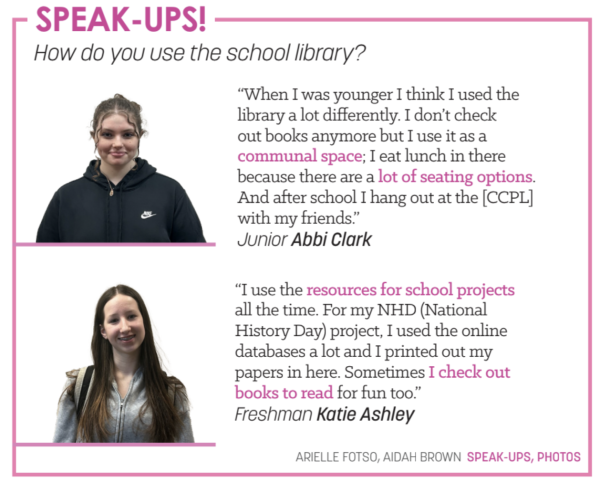
According to Media Specialist Teri Ramos, this school’s library is ever-evolving to adapt to the needs of students. For example Ramos said he was able to create a resource for teachers that gave them methods to prevent the usage of AI for projects, as well as instructions as to how to use AI ethically and correctly.
Jamie Beckmen, young adult services manager of the Carmel Clay Public Library (CCPL), said the facility has undergone massive changes thanks to its reconstruction across the high school. Beckmen said (s)he notices a huge influx of students who utilize library resources such as the café, 3D printers, media production spaces, the conference rooms for events and so much more.
But despite those changes, Beckman said some traditional library services still exist. “A lot of times, people believe that nobody reads anymore, but I actually have not noticed that. We still have a lot of kids who read a lot of books. Physical books still get checked out a ton. That’s something that hasn’t changed, and I think that would surprise a lot of people.”
Sathyamathan’s experience with research brought about many challenges that libraries work hard to address. She said, “Some websites weren’t as reliable as others because a lot of the time the information that two websites provide are very different. So it makes it very difficult to find a reliable source.”
In response to that problem, Ramos said she has made it a priority to give her students a skill set that allows them to know how to properly utilize the correct resources. She also said her most important job is teaching her high schoolers how to be wise consumers of information.
“When I went to a conference a few years back one of my favorite analogies that I ever heard was about change. A man speaking there told me, ‘If you compare change in technology to an icicle that hangs off the side of a house, the icicle would start to melt a little bit. We created the wheel. But then that icicle of change would harden up, and we used the wheel for a good long time,’” Ramos said. “Well, now, it’s like that icicle is just constantly dripping. Everywhere you turn around there’s just new technology, new changes, new things, you can’t even keep track of all of the changes. There’s no hardening of that icicle anymore. At this point you can’t even begin to predict what will happen next.”
Sathyamathan said, “I believe that in the next 10, 20, or 30 years from now, our libraries here in Carmel will have developed to be able to do things we would never have imagined to be possible.”










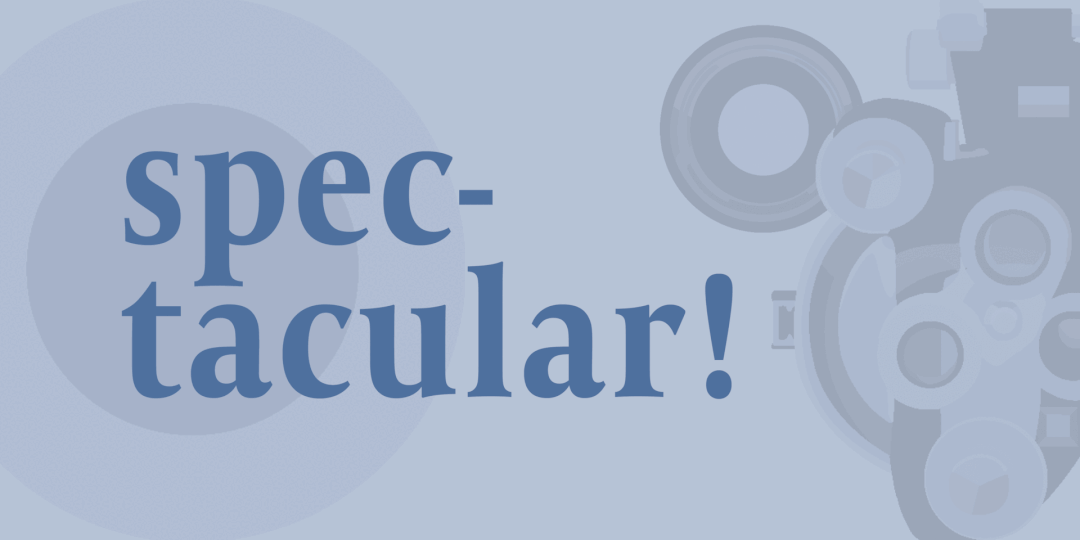





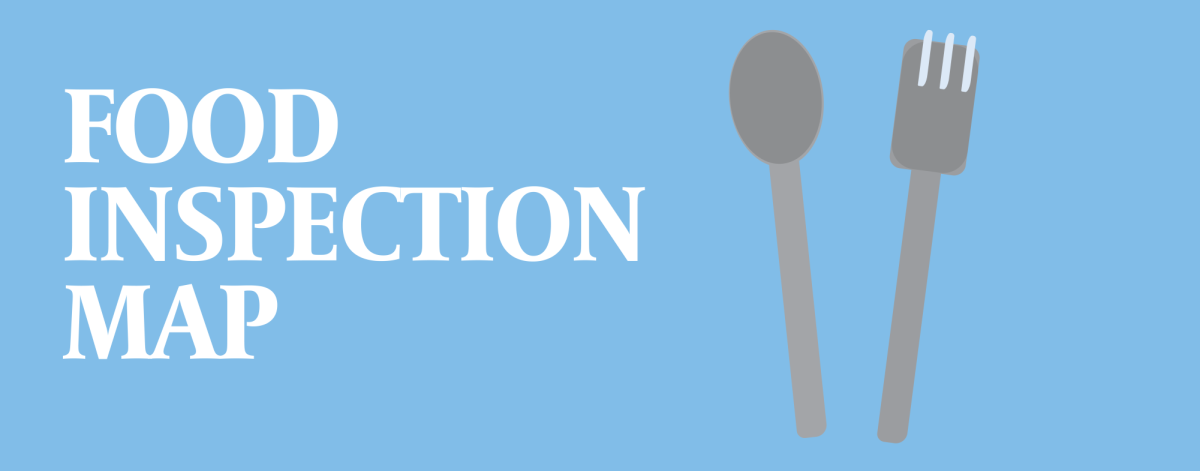
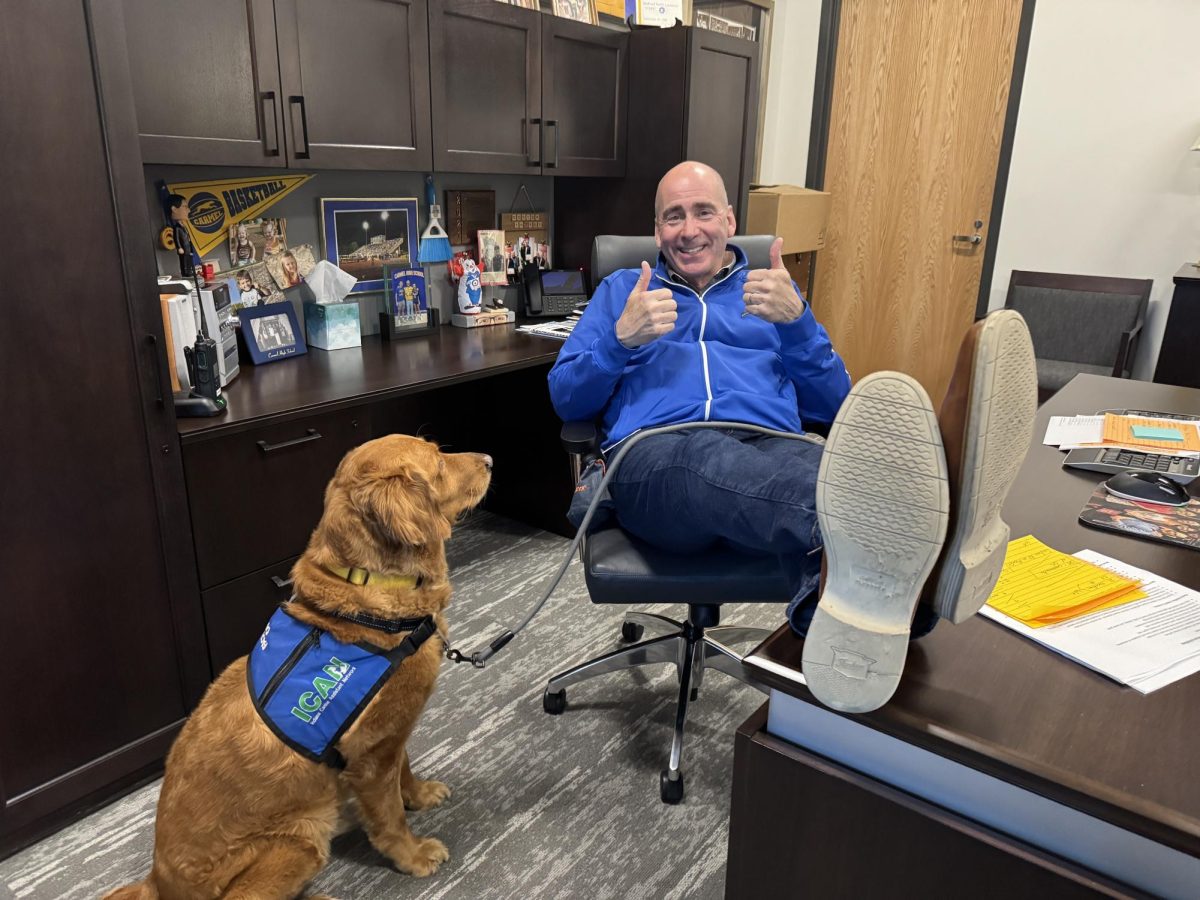
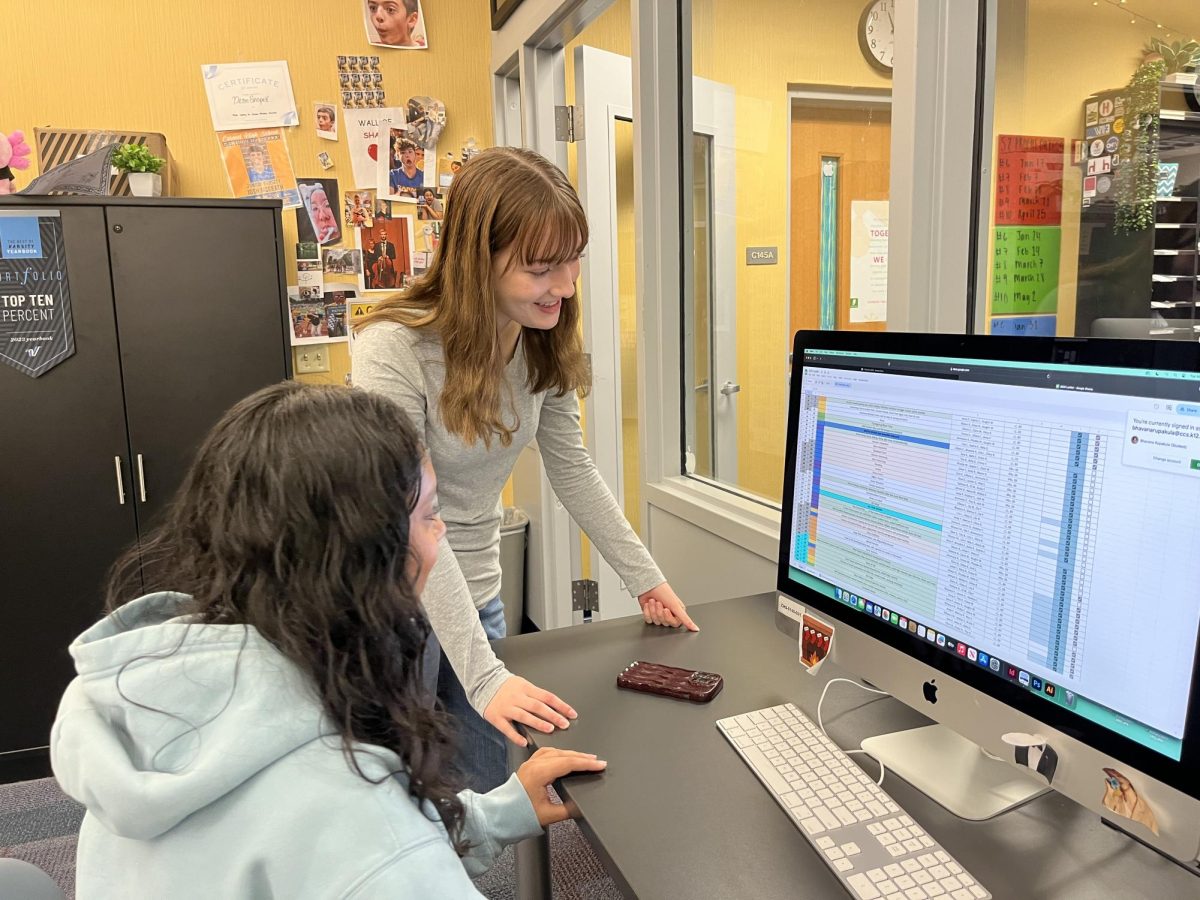
![Greyhound Connections has its own SSRT to make it easier for students to find them and ask for help. Junior Cora Shea, co-president of Greyhound Connections, said, “This event was a good representation of what [Greyhound Connections] does and helped everyone who attended be better at their role in Greyhound Connections.”](https://hilite.org/wp-content/uploads/2025/03/Screenshot-2025-03-19-at-10.36.39 PM-1200x902.png)





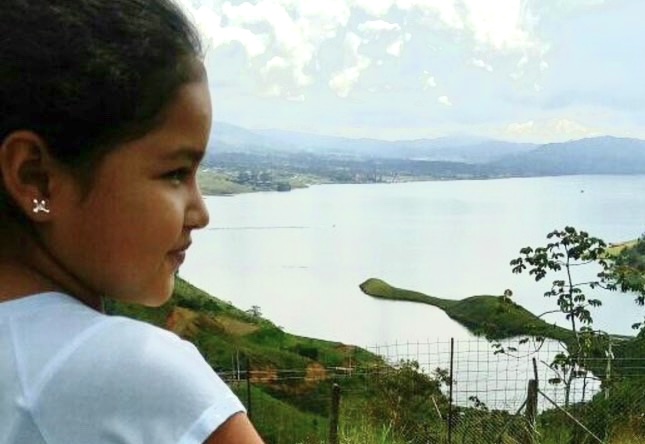






![AI in films like "The Brutalist" is convenient, but shouldn’t take priority [opinion]](https://hilite.org/wp-content/uploads/2025/02/catherine-cover-1200x471.jpg)









































![Review: “The Immortal Soul Salvage Yard:” A criminally underrated poetry collection [MUSE]](https://hilite.org/wp-content/uploads/2025/03/71cju6TvqmL._AC_UF10001000_QL80_.jpg)
![Review: "Dog Man" is Unapologetically Chaotic [MUSE]](https://hilite.org/wp-content/uploads/2025/03/dogman-1200x700.jpg)
![Review: "Ne Zha 2": The WeChat family reunion I didn’t know I needed [MUSE]](https://hilite.org/wp-content/uploads/2025/03/unnamed-4.png)
![Review in Print: Maripaz Villar brings a delightfully unique style to the world of WEBTOON [MUSE]](https://hilite.org/wp-content/uploads/2023/12/maripazcover-1200x960.jpg)
![Review: “The Sword of Kaigen” is a masterpiece [MUSE]](https://hilite.org/wp-content/uploads/2023/11/Screenshot-2023-11-26-201051.png)
![Review: Gateron Oil Kings, great linear switches, okay price [MUSE]](https://hilite.org/wp-content/uploads/2023/11/Screenshot-2023-11-26-200553.png)
![Review: “A Haunting in Venice” is a significant improvement from other Agatha Christie adaptations [MUSE]](https://hilite.org/wp-content/uploads/2023/11/e7ee2938a6d422669771bce6d8088521.jpg)
![Review: A Thanksgiving story from elementary school, still just as interesting [MUSE]](https://hilite.org/wp-content/uploads/2023/11/Screenshot-2023-11-26-195514-987x1200.png)
![Review: "When I Fly Towards You", cute, uplifting youth drama [MUSE]](https://hilite.org/wp-content/uploads/2023/09/When-I-Fly-Towards-You-Chinese-drama.png)
![Postcards from Muse: Hawaii Travel Diary [MUSE]](https://hilite.org/wp-content/uploads/2023/09/My-project-1-1200x1200.jpg)
![Review: "Ladybug & Cat Noir: The Movie," departure from original show [MUSE]](https://hilite.org/wp-content/uploads/2023/09/Ladybug__Cat_Noir_-_The_Movie_poster.jpg)
![Review in Print: "Hidden Love" is the cute, uplifting drama everyone needs [MUSE]](https://hilite.org/wp-content/uploads/2023/09/hiddenlovecover-e1693597208225-1030x1200.png)
![Review in Print: "Heartstopper" is the heartwarming queer romance we all need [MUSE]](https://hilite.org/wp-content/uploads/2023/08/museheartstoppercover-1200x654.png)




